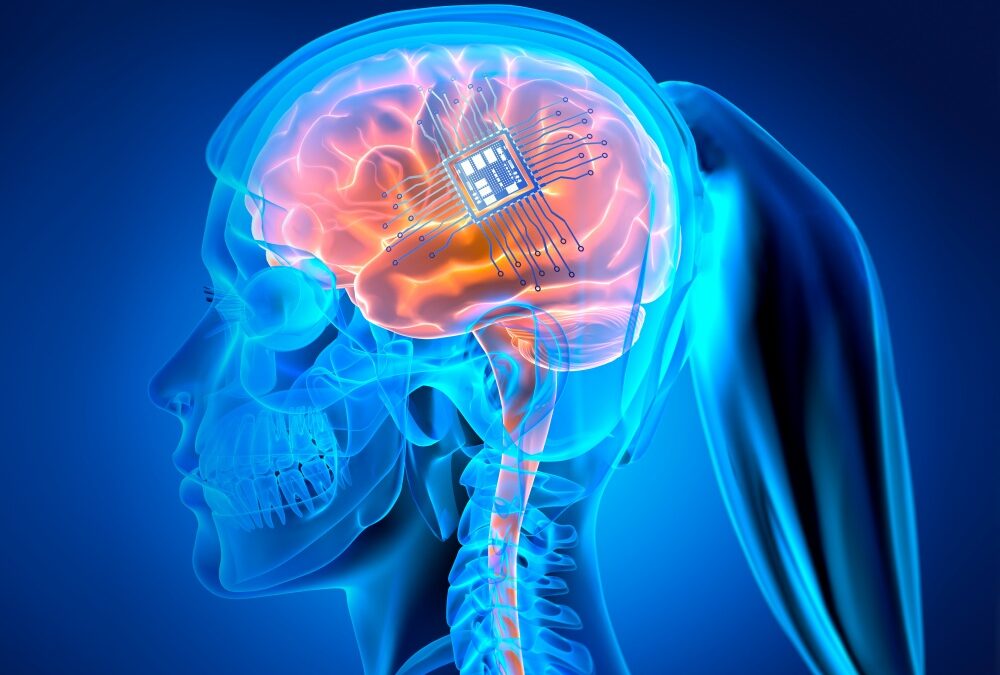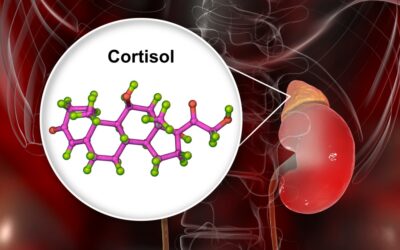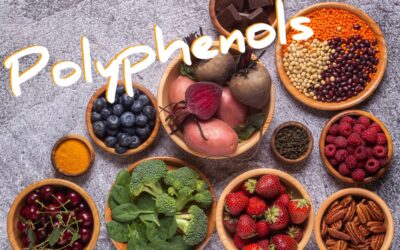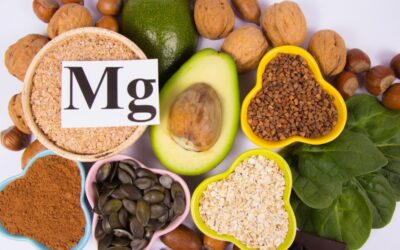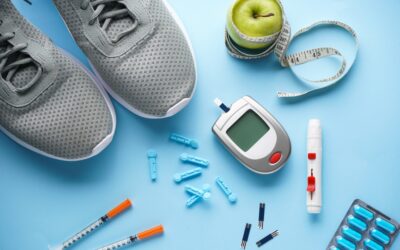Neuroplasticity, Neurogenesis, and synaptic plasticity and Stroke Recovery
The neural processes involved in functional recovery after a stroke, is reliant upon two mechanisms, neurogenesis and neuroplasticity.
Neurogenesis is the process of creating new neurons. This of course would be beneficial in the case of a stroke where neurons have been damaged/destroyed.
Neuroplasticity is the brains ability to adapt in response to new experiences. This is something that occurs throughout life.
Synaptic plasticity is a form of neuroplasticity that involves a change in the electrical signal between two neurons. The “synapse” is the space between two neurons and “plasticity” is the capacity for something to be moldable/changed. Hence, synaptic plasticity. The way that an electrical signal is transmitted is via chemicals called neurotransmitters.
Simplified, a neurotransmitter can either turn an adjoining neuron on (excitatory neurotransmitter) or off (inhibitory neurotransmitter). Synaptic plasticity involves several mechanisms whereby there is a change in the concentration of a neurotransmitters and/or a neurons ability to respond. When it comes to memory and/or learning a motor skill that we want to be able to repeat in the future, the brain rely’s on a mechanism called long-term potentiation (LTP).
LTP is a long lasting strengthening of a signal between to neurons that persists in response to a specific activity. If a neuron is repeatedly stimulated (repetitive practice of an activity), it will build more neurotransmitter receptors, and increase the amount of the neurotransmitter. Together, these two process will increase signal strength in that specific neural network.
What is BDNF and how does it work?
A growing body of evidence indicates that Brain-derived neurotrophic factor (BDNF) is a key player in multiple nerve communication processes. Simplified, BDNF is a molecule that triggers a cascade of actions on a neuron including neurogenesis (neuron growth), and synaptic plasticity (signal strength).
BDNF contributes to neurogenesis (growth of new neurons)
The current understanding is that BDNF binds to the TrKB receptor, triggering the neuron to grow more dendrites. Dendrites are the arms of a neuron that accept the neurotransmitters. More dendrites mean a stronger signal can be received from an adjoining neuron. Of note, current literature suggests this BDNF effect on a neuron is limited to specific brain areas. One area that has been identified is the hippocampus (brain area involved in memory and learning).
BDNF contributes to synaptic plasticity
Again, just to review, synaptic plasticity is the amount of signal strength between two neurons involving the release of a neurotransmitter to send the message. It is believed that BDNF regulates neurotransmitter release. In particular nitric oxide (NO), glutamate (excitatory neurotransmitter) and GABA (inhibitory neurotransmitter); and their receptors. In other words, BDNF might be one key that unlocks the door that allows the neurotransmitter to leave one neuron and the same key that opens the door of an adjoining neuron to allow that neurotransmitter to enter.
It is also believed that BDNF influences long-term potentiation (longer-lasting effects of signal strength). This process might be the result of BDNF influence on gene expression and/or protein synthesis.
Does BDNF Influence Stroke Recovery?
There is a growing body of evidence that suggests that BDNF can act as a repair agent after a stroke. However, the amount of BDNF (after a stroke) does not seem to be enough to overcome the cascade of events that are triggered by ischemia (lack of oxygen in the neuron). Therefore, pharmacologic and rehabilitation strategies have been identified as necessary interventions to increase the amount the BDNF expression. And in this area, there lies some potential opportunities to increase BDNF expression and functional recovery after a stroke.
Pharmacologic Interventions
The majority of the evidence suggests that BDNF can’t cross the blood-brain barrier (the filter that protects the brain). With that said, there does not currently seem to be a mechanism to get BDNF into the brain. Of note, there are ongoing studies that are investigating alternative means. One such study is working on creating a smaller molecule that can cross the blood-brain barrier. Other studies are investigating the potential of injecting a BDNF isoform directly into the damaged area of the brain. However, these studies have not yet proven to be effective.
Aerobic Exercise Increases BDNF expression
Multiple studies have shown a positive correlation between aerobic exercise, cognition, memory and BDNF expression in healthy people. Futhermore, there is considerable literature that increased BDNF expression improves learning, memory, and motor function in many disease processes, including stroke.
How much exercise is necessary to increase BDNF?
The consensus in the literature suggests 30 min of moderate intensity (heart rate goes up but you can still maintain a conversation), 4 days/week.
Aerobic exercise timing
There does appear to be an optimal time at which to perform your aerobic exercise. It is well documented that BDNF levels increase immediately following aerobic exercise. With that said, there are some who theorize that performing aerobic training prior to a cognitive/learning activity might prime the system to optimize synaptic plasticity.
Other articles you might like:
Exploring the Connection Between Cortisol, Stress, and Overall Health
The “Longevity” game is not about living long, but living “well”. And the hidden player calling the shots might be cortisol, aka the stress hormone. As stress permeates our lives, its effects on our overall health become increasingly apparent. In this article we will...
Polyphenols: Health Benefits and Food Sources
I have long believed that a diet of fruits, vegetables, and seeds had a positive impact on overall health. A great example are studies looking at people who eat a Mediterranean diet (diet with a high concentration of fruits, vegetables and legumes). The reason might...
The Bleeding Edge: Film Review
We now live in an era where there is a medical device for most problems. Case and point, we can now replace a “degenerating hip”, fix a “dysfunctional heart”, prevent an unwanted pregnancy, “lift” a falling organ, drain unnecessary fluid from the central nervous...
Antioxidants: A beginners guide to understanding these powerful chemicals
Cardiovascular disease and cancer are responsible for 44% of deaths in the US. 6.2 million Americans are living with Alzheimer’s disease and nearly 1 million with Parkinson’s disease. All of these diseases have one thing in common, oxidative stress. But there is...
Turmeric: Health Benefits and Food Sources
There is a growing interest in people wanting to take control of their health and “longevity”. With this in mind, curiosity is growing surrounding the best “diet” for overall health and disease prevention. And of course, the jury is still out on whether or not there...
What sugar really does in the body
Is sugar really "bad"? I know most of us have been told that this is the evil of all evils when it comes to "health". But not so fast. Not all sugar is created equal. Sugar is one "type" of carbohydrate. And yes, some carbohydrates might not be optimal in some...
A Guide to Magnesium: The Mineral That Can Do a 180 on Your Health
Magnesium is an essential nutrient required to maintain overall health. However, nearly half of Americans don’t meet daily magnesium intake recommendations. Magnesium deficiency is associated with several diseases. It is vital to ensure your food intake boosts the...
Managing Stress with Diabetes Made Easy: Tips That Tip the Scale in Your Favor
Over 537 million people around the world live with diabetes. The condition affects a whopping 10.5% of the adult population, and there’s no denying how difficult it can be to manage it. One day, you’re living life to the fullest—eating your favorite cake, regularly...
Mindfulness: Health Benefits and Getting Started
Understanding Mindfulness, Its Benefits, and How To Get Started Mindfulness. We hear this word so often that it’s easy to dismiss it as the latest New Age fad. But before dispensing with the idea altogether, consider that mindfulness-based cognitive therapy has been...
The Minimalist: Less Is Now Review
In a world overwhelmed by the ceaseless noise of consumerism and material excess, there is a growing trend of people transitioning toward the perceived gateway to profound well-being. Minimalism, is fast becoming an appealing lifestyle that adopters believe has some...

